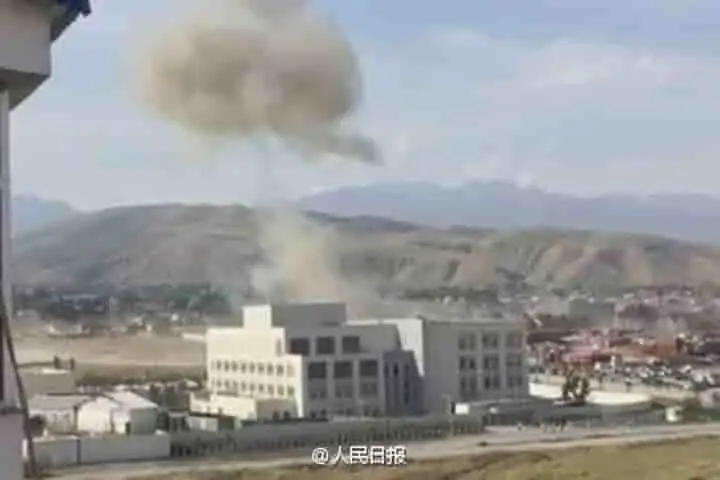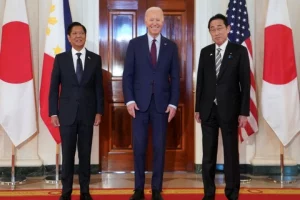China is taming its ambitions in Central Asia, following growing public resentment to its giant connectivity projects, which bring no immediate benefits to the local people.
China is also suffering from a major perception deficit . This is after allegations have begun to take root that Beijing is enslaving host governments in debt traps, that is taking over strategic assets when countries are unable to repay unsustainable loans. The classic example is the Chinese takeover of Hambantota port in Sri Lanka, which the Chinese took over after Colombo was unable to clear its debt.
Instead of its earlier ultra-ambitious approach of building pan-Eurasian economic corridors, the Chinese have simply decided to build factories and modernising factories in Central Asia, which will generate local jobs, and possibly spurt goodwill towards Beijing.
In the past five years, Beijing is focusing on helping countries in the region to industrialize, says a recent Carnegie Endowment study. The large infra loans have virtually ceased since 2014. “China's interests in Central Asia are increasingly shifting towards industrial projects. Such projects, capable of producing products with higher added value and export potential, are increasingly employing workers from Central Asia who are undergoing technical training in Chinese firms.”
For instance, CNPC, China's oil company and the largest Chinese investor in Kazakhstan, claims that 97 percent of its employees are local. Telecom giants ZTE and Huawei, also say that 80 percent of their workforce in Kazakhstan is local.
In tune with its ambitions to industrialize the region—a role that Moscow had played during Soviet days—the Chinese are set to unroll a giant skill development programme. The Chinese government will establish a vocational training centre in each country called Lu Ban Workshops which could be professional parallel to the Confucius Institute, says the study.
But China's ambition could backfire badly. For instance, in 2019 residents of six major cities launched major protests against their government’s decision to open 55 factories in their country. These protests follow the demonstration of anti-China street power in 2016, when the Kazakh government gave Chinese firms the right to purchase local real estate.
Similarly, since 2016, when terrorists attacked the Chinese embassy in Bishkek, anti-Chinese sentiment in Kyrgyzstan has been strong.
The negative image of China has only ballooned following the persecution of Muslims, including ethnic Kyrgyz, in the Xinjiang region. For instance, in January 2019, members of the Kyrk Choro public movement, known for its extremist ideas, demanded a total ban on marriages between Chinese citizens and Kyrgyz women.
Also Read: China's FDI into Pakistan slows down as differences over CPEC surface




















